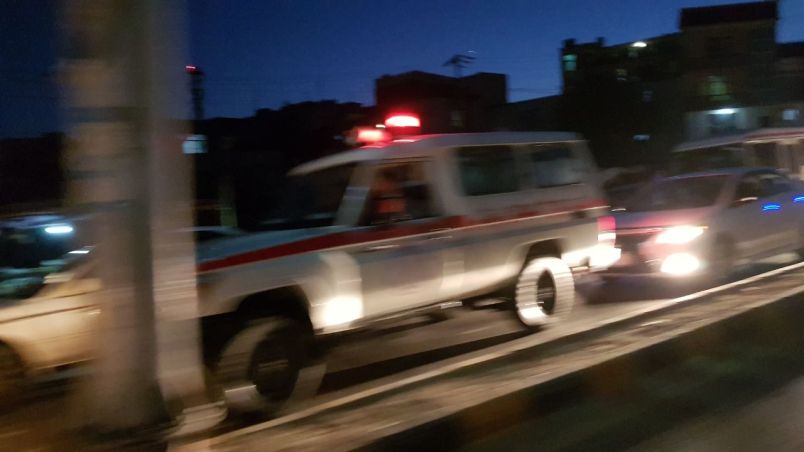I want to discuss an issue I’ve been watching unfold through the process of the evacuation from Kabul which has now been on-going for some ten days. As we’ve discussed, the fate of American allies in the country has become both a humanitarian mission as well as a cudgel used to attack the US withdrawal – both by those who wanted the US to stay in Afghanistan permanently and those who’ve wanted to use the inevitable messiness and chaos of the US withdrawal as a way to cleanse their own dirty hands and complicity in the misbegotten mission. But a key part of both dimensions of this question is that the number in need of evacuation is a moving target.
A week and a half ago reports had numbers in the range of 70,000 to 80,000 Afghan nationals needing to be evacuated – mostly so-called SIVs and their families. A greater number of people have now been flown out of the country, though a small percentage of those are US citizens and some large percentage is third country nationals. Today however The New York Times reports new numbers based on analyses of Pentagon records by an advocacy group called the Association of Wartime Allies. They find that as many as one million Afghan could be eligible for expedited immigration status and that a minimum of 250,000 are yet to be evacuated.
Earlier this week, after a briefing for members of Congress, Rep. Adam Schiff (D-CA) expressed skepticism about whether all evacuees could be flown out by the end of August. “Given the number of Americans who still need to be evacuated, the number of SIVs, the number of others who are members of the Afghan press, civil society leaders women leaders. It’s hard for me to imagine all of that can be accomplished between now and the end of the month.”
So this is SIVs (basically people who worked for the US military mission), members of Afghan media, leaders of civil society and prominent women leaders. As noted above, the SIV group alone is now being pegged at as many as one million people. When you add in these other groups you’re talking about a non-trivial percentage of the entire Afghan population of 38 or 39 million people.
Let me be crystal clear: my point here isn’t that we don’t have room for Afghan refugees or that there is anything wrong with new Americans from Afghanistan. I think we should welcome hundreds of thousands for resettlement in the US. We should also continue to facilitate, after we remove all military forces from Afghanistan, to expedite the departure of as many Afghans as possible. (Despite appearances the US has substantial leverage in the form of aid, access to the international financial system and more.) That’s both for national responsibility and humanitarian reasons but also because America needs more immigrants. America is always in need of more good people. My point is purely about the duration of the US military presence in the country.
We are currently managing a tenuous occupation of the Kabul airport and under great pressure not to leave until all evacuees are rescued. (News of the terrorist bombing outside the airport came as I was writing this post.) But the number to be rescued keeps changing. Or rather expanding. Dramatically.
In many cases this is done in good faith. There are lots of people endangered or potentially endangered by the Taliban takeover. Certainly there are lots of people whose life opportunities will dim dramatically. Just to make this concrete I recommend listening to the most recent episode of our podcast in which our co-host Kate Riga talks about her own effort to assist a desperate one-time interpreter for the US Army in getting out of the country with his family. This is very real whatever your opinions about the US mission in the country. But it is just as clear that this ever growing number is being used as both an anchor for the unending US military presence in the country and a cudgel with which to pin the consequences of the failed mission on the decision to withdraw itself. The number keeps escalating so that the storyline of failure and betrayal stays intact no matter what.
It is a complicated situation to make sense of since it mixes people working from the best of motives and others working from the worst. I can’t manage to disentangle them or figure out myself just how to balance the clearly dangerous retention of the Kabul airport with our obligation to withdraw what number of people. But we should be aware of this dynamic.






